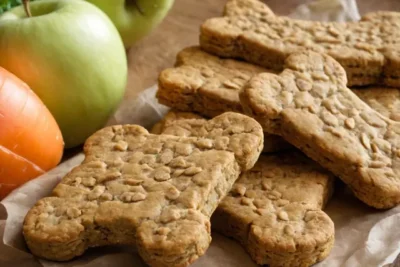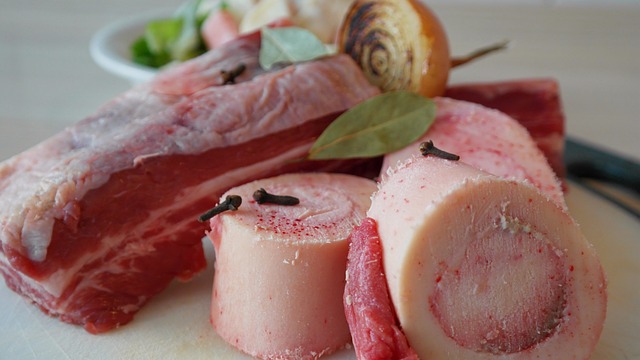



Dogs have a natural instinct to chew on bones. It's a behavior that dates back to their ancestors, who relied on bones as a source of nutrition and entertainment. Chewing on bones can help keep a dog's teeth clean and healthy, as well as provide mental stimulation. Bones also satisfy a dog's natural urge to chew, which can help prevent destructive chewing behavior.
While dogs may love to chew on bones, it's important to understand that not all bones are safe for them to eat. Cooked bones, in particular, can pose serious risks to a dog's health. When bones are cooked, they become more brittle and prone to splintering. These sharp bone fragments can cause a range of issues, from choking and internal injuries to blockages in the digestive system.
When a dog chews on a cooked bone, there are several potential risks and hazards that can arise. One of the most immediate dangers is the risk of choking. The sharp splinters of a cooked bone can easily get lodged in a dog's throat, blocking their airway and causing them to suffocate.
If a dog manages to swallow a piece of a cooked bone, it can cause serious internal injuries. The sharp edges of the bone can puncture the dog's esophagus, stomach, or intestines, leading to internal bleeding and infection. In some cases, surgery may be required to remove the bone fragments and repair the damage.
Another risk of feeding dogs cooked bones is the potential for gastrointestinal blockages. The bone fragments can get stuck in the dog's digestive system, causing a blockage that prevents the passage of food and waste. This can lead to severe abdominal pain, vomiting, diarrhea, and even life-threatening complications.
If your dog accidentally ingests a cooked bone, it's important to take immediate action. First, assess the situation and determine if your dog is showing any signs of distress or discomfort. If your dog is choking or having difficulty breathing, you should seek emergency veterinary care right away.
If your dog has swallowed a cooked bone and is not showing any immediate signs of distress, you should still contact your veterinarian for guidance. They may recommend monitoring your dog closely for any symptoms of gastrointestinal blockage, such as vomiting, diarrhea, or loss of appetite. In some cases, your vet may advise bringing your dog in for an examination or X-rays to assess the situation.
While cooked bones are not safe for dogs to eat, there are plenty of safe alternatives that can satisfy their chewing needs. One option is to provide your dog with raw bones, such as raw beef or lamb bones. These bones are softer and less likely to splinter, making them a safer choice for dogs.
Another alternative is to offer your dog specially designed chew toys or dental chews. These products are specifically made to be safe for dogs to chew on and can help promote dental health. Look for toys and chews that are made from durable materials and are the appropriate size for your dog.
It's also important to remember that bones should always be given to dogs under supervision. This allows you to monitor their chewing and intervene if necessary. If you notice any signs of discomfort or distress while your dog is chewing on a bone, it's best to remove it immediately.
In conclusion, cooked bones are not safe for dogs to eat. The risks of choking, internal injuries, and gastrointestinal blockages far outweigh any potential benefits. It's important to provide your dog with safe alternatives, such as raw bones or chew toys, to satisfy their chewing needs. If your dog accidentally ingests a cooked bone, contact your veterinarian for guidance. Remember, the health and safety of your furry friend should always be a top priority.
Related posts